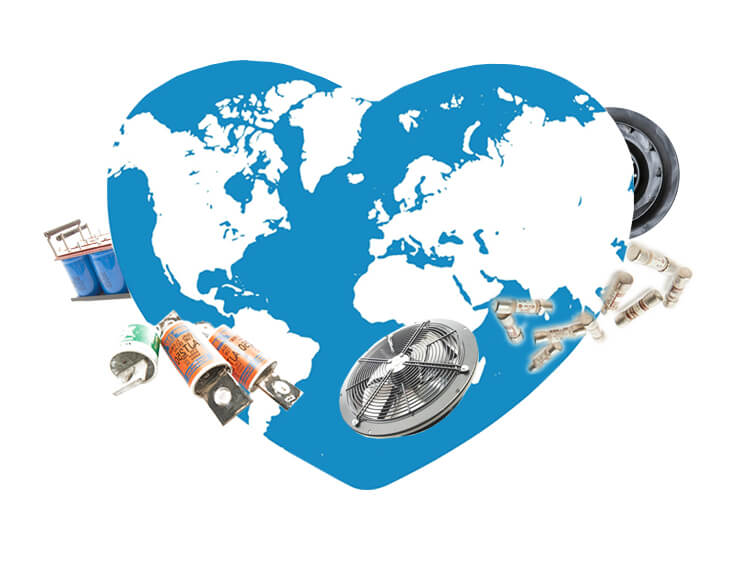Earth Month: The Green Advantage of Proactive Parts Replacement
 Timely replacement of common uninterruptible power supply (UPS) components does more than prevent downtime, it keeps your equipment running at peak efficiency for lower utility bills and lower impact on the environment. It also significantly extends the life of your UPS unit, another win for the planet and your budget.
Timely replacement of common uninterruptible power supply (UPS) components does more than prevent downtime, it keeps your equipment running at peak efficiency for lower utility bills and lower impact on the environment. It also significantly extends the life of your UPS unit, another win for the planet and your budget.
Certain UPS components are subject to constant wear and tear, especially fans and capacitors. Capacitor and fan life spans also depend on the UPS system’s environmental conditions. If the temperature is high or the location is dirty, capacitors and fans can fail early. But even under the best conditions, scheduled preventive replacement is the best bet for averting failure and ensuring high-level UPS system performance.
The five-year fan cycle
For the best results, replace UPS fans after 5 years. Depending on the type of fan it may even have a 7 – 10 year design. However, we proactively recommend checking condition carefully at 5 years to save on costs. These simple mechanical devices made of blades and sealed bearings in a lubricant do the critical job of keeping your UPS system cool. Over time the lubricant dissipates, which reduces the revolutions per minute (RPMs), creates noise, and can lead to failure. Fan failure can be extremely costly because fans cool heat sinks in both the rectifier and inverter sections of your system. Faulty fans can cause temperature problems, load loss or even complete operations failure. Fans also dissipate heat from SCRs, IGBTs and power modules. A single IGBT can cost upwards of $1,200 if it’s destroyed by heat.
Capacitor replacement
Capacitors also require regular replacement but the interval depends on the type of capacitor (which can vary based on insulating material). It’s generally recommended to replace AC and DC capacitors at 5 years. Capacitors ensure that your UPS equipment gets the correct electrical current. The DC (electrolytic capacitors) “smooth” the DC link battery charging current emitted from the UPS rectifier. The AC capacitors filter the current from the UPS rectifier back into the input distribution or they help modify the inverter output and ensure the right wave form.
With time, the continual management of electric current stresses capacitors. Capacitor failure can cause a domino effect: when one goes down, the remaining capacitors work harder and, in turn, can fail prematurely. If you’re operating with deteriorated capacitors, you’re adding stress to the whole system. This can cause load damage. Capacitor failure may also ruin battery strings — another costly repair. A severe capacitor failure can result in fire, adding the cost of cleanup and productivity loss.
UPS components for all brands
DC Group maintains a stock of hard-to-find and obsolete UPS parts, including components for systems no longer supported by OEMs. Our state-of-the-art North American parts network is the largest in the industry, with over 1 million UPS components and counting. DC Group can supply rare parts within hours during a UPS emergency.
When you switch from run-until-failure to a proactive parts replacement approach, you reap the benefits of longer and more energy-efficient life span for your UPS unit. Regularly replacing parts is a win-win for your budget and your home planet.
Talk to us today if you need help with a proactive plan!
